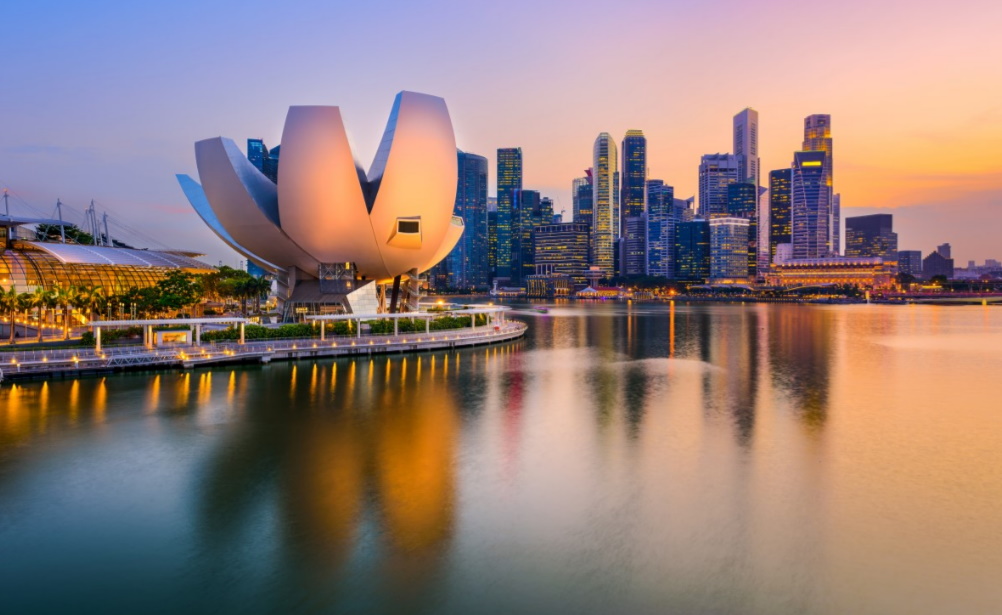How Singapore Targets 'Further Recovery' in Travel Demand in 2022
Two years in, and Singapore feels ready to open its doors again to the rest of the world. To revitalise its tourism, it targets "further recovery" in the following ways:

1. It Plans to Boost Domestic Tourism
The Singapore tourism sector adapted to the pandemic by focusing on domestic travel, through initiatives such as SingapoRediscovers and its voucher scheme in 2020.
In this programme, all Singapore citizens at least 18 years old can apply for $100 worth of vouchers until 31 December 2021. They then have until 31 March 2022 to use it on tourism-related businesses, such as hotels and attractions.
It was a way of getting locals out there while also encouraging them to spend money and help establishments stay afloat until more foreigners are ready to fly and more airports and vessels bring in passengers.
2. The City-State Is Increasing Its Capacity to Accommodate More Visitors
Despite a significant in occupancy rates, the hotel industry in Singapore welcomes more accommodation options. These include Duxton Reserve, The Clan, and Oasia Sentosa, which are only 15 minutes away from the busy business district.
Meanwhile, as part of its Golden Jubilee celebrations, the Sentosa Development Corporation (SDC) officially launched a series of leisure experiences that aim to highlight the multi-faceted culture and destinations in the city island.
These include the SentosaSights, which features ten unique immersive guided tours that focus on sustainability, heritage, and history. Some of these trails will take them to well-known Singapore attractions like Fort Siloso and Imbiah Trail.
3. Singapore Is Improving Its Transport System
Although small (one can visit the entire island for a week or less), Singapore's population can swell fast with the influx of foreign travellers. It, therefore, needs to ensure that its infrastructure, especially its transport system, can support both locals and tourists.
For this reason, various transport networks continue to remain innovative to boost their safety, efficiency, and passenger comfort. Take, for example, SMRT, which recently partnered with Bentley Systems in using a predictive rail maintenance platform.
Under the helm of its CEO Neo Kian Hong, SMRT engineers hope to leverage the platform's analytics and visualisation capabilities so they can simulate maintenance and repair works and effectively reduce disruptions.
4. Singapore Is Upskilling Tourism Workers and Businesses
The COVID-19 pandemic has drastically changed the workplace landscape as more offices had to go remote and establishments need to embrace digitalisation as soon as possible.
These trends are likely to stay forever. Because of this, Singapore provides upskilling lessons to tourism workers and businesses, so they can adapt to the times. For example, staff today are currently being trained how to do online or digital marketing campaigns for their companies.
Meanwhile, places like hotels have started offering contactless experiences to guests. These include contactless check-ins and payment systems.
5. It Plans to Bring In More Migrant Workers
No doubt that Singapore is powerful, but for it to compete with the rest of the developed nations, it needs to bring in world-class talent. For 2022, one of the primary goals of the country is to bring in more migrant workers, especially from the Asia-Pacific region.
These talents can work as chefs, artists, performers, and even business analysts. They can also provide valuable services to the tourism industry like hospitality management.
Meanwhile, to allay the fears of its citizens over the increased presence of foreigners, the country plans to assess and modify some of its migrant worker policies in the hopes it will encourage racial harmony and celebrate diversity.
6. Singapore Partners with Other Countries
In light of the COVID-19 pandemic, Singapore has launched Safe Travel Lanes, which likes to make entering the country easier, more convenient, and safer for everyone. Under this arrangement, inbound passengers will fill out a self-help tool, which will then provide a list of requirements and steps.
Depending on the result, people from countries like the United States may no longer have to quarantine but only undergo mandatory testing upon arrival as long as they are fully vaccinated.
They have also arranged travel bubbles with other countries such as Indonesia, particularly the closest islands of Bintan and Batam, for quarantine-free travel.
As Singapore's tourism industry continues to rise, it has become important for the government and its people to keep their respective economies safe from COVID-19.
To do this, various measures have been rolled out in a short amount of time. This way, it can revive one of its powerful economies.













